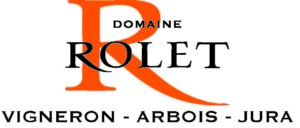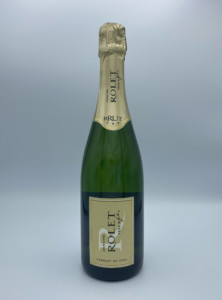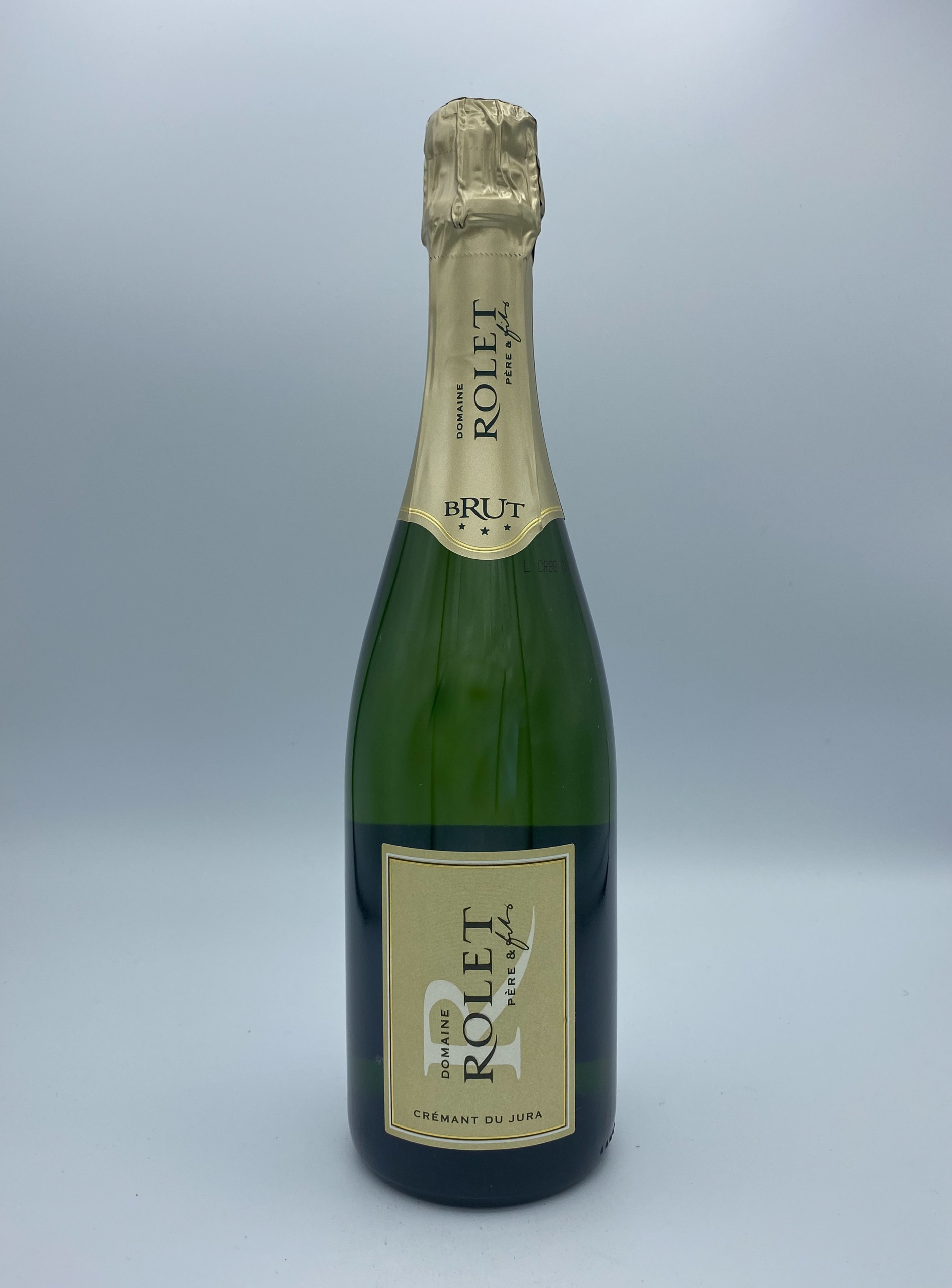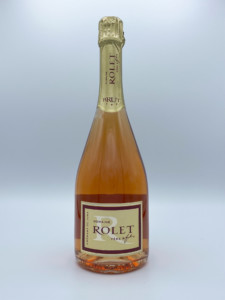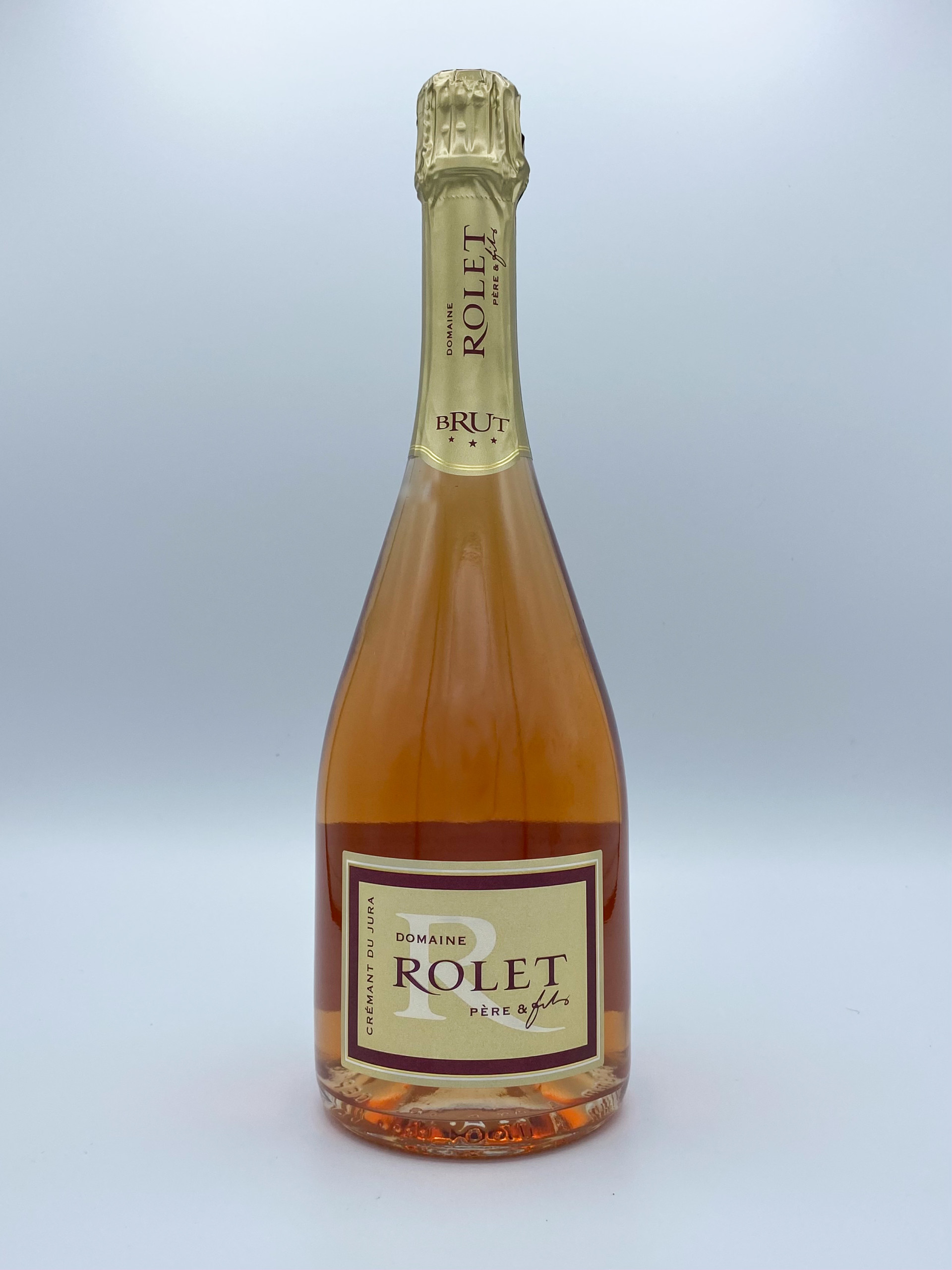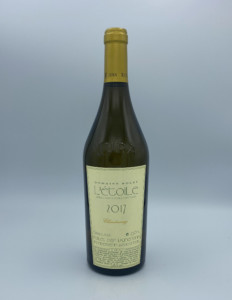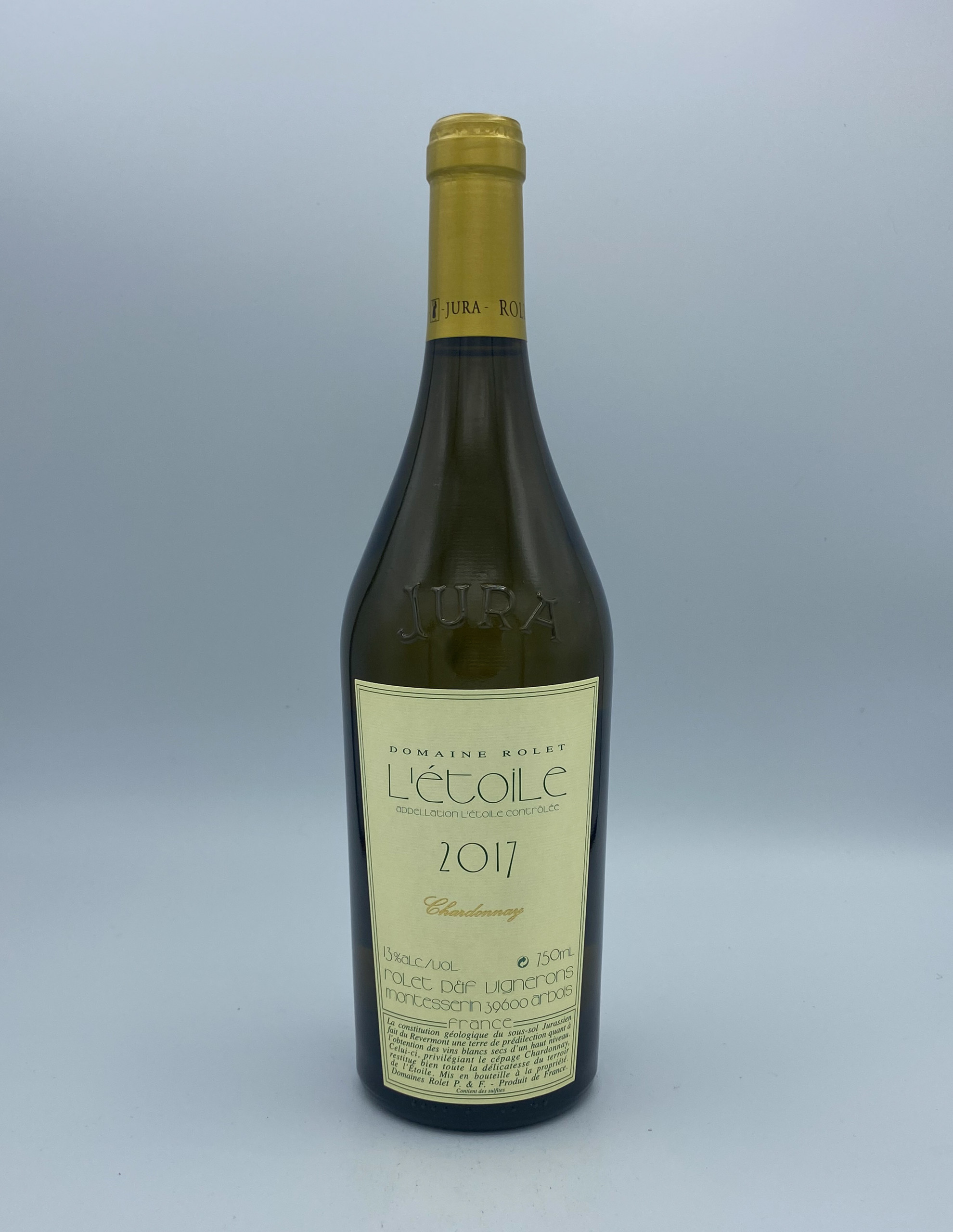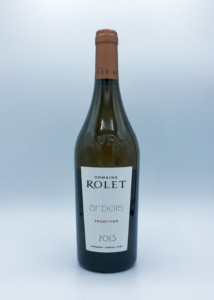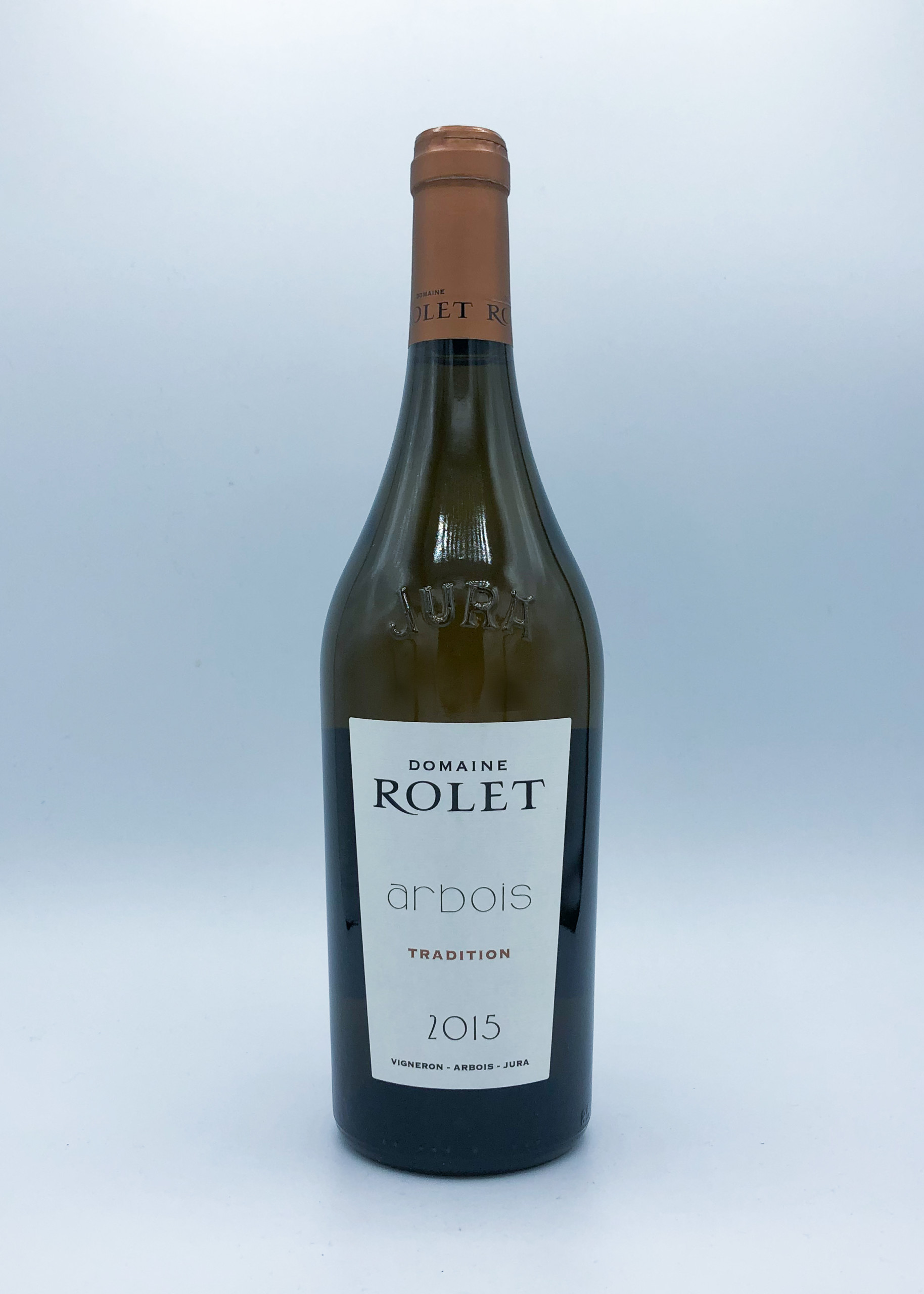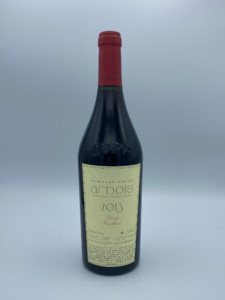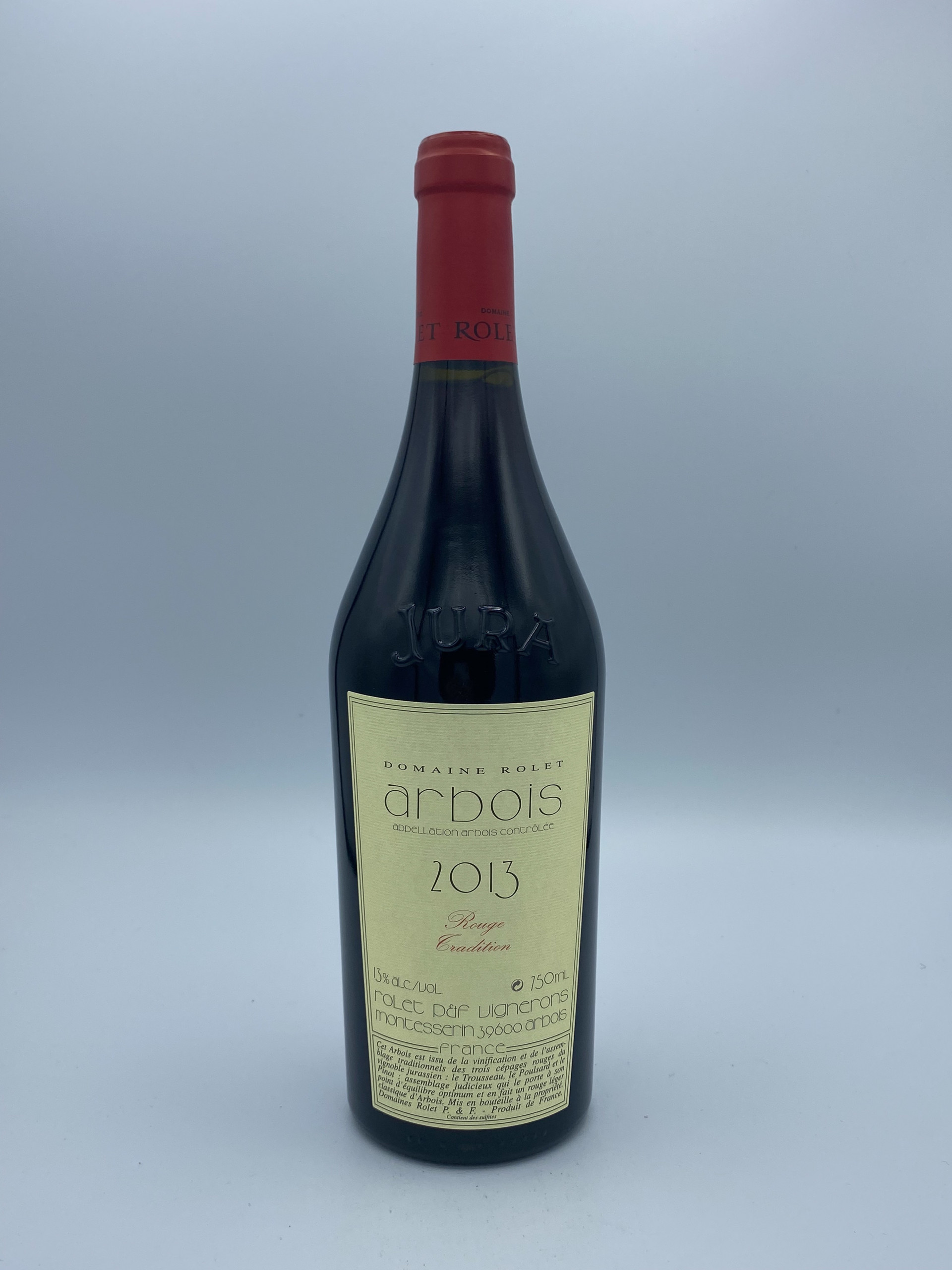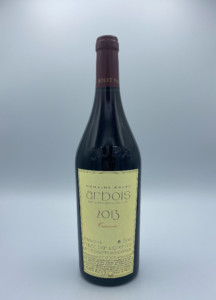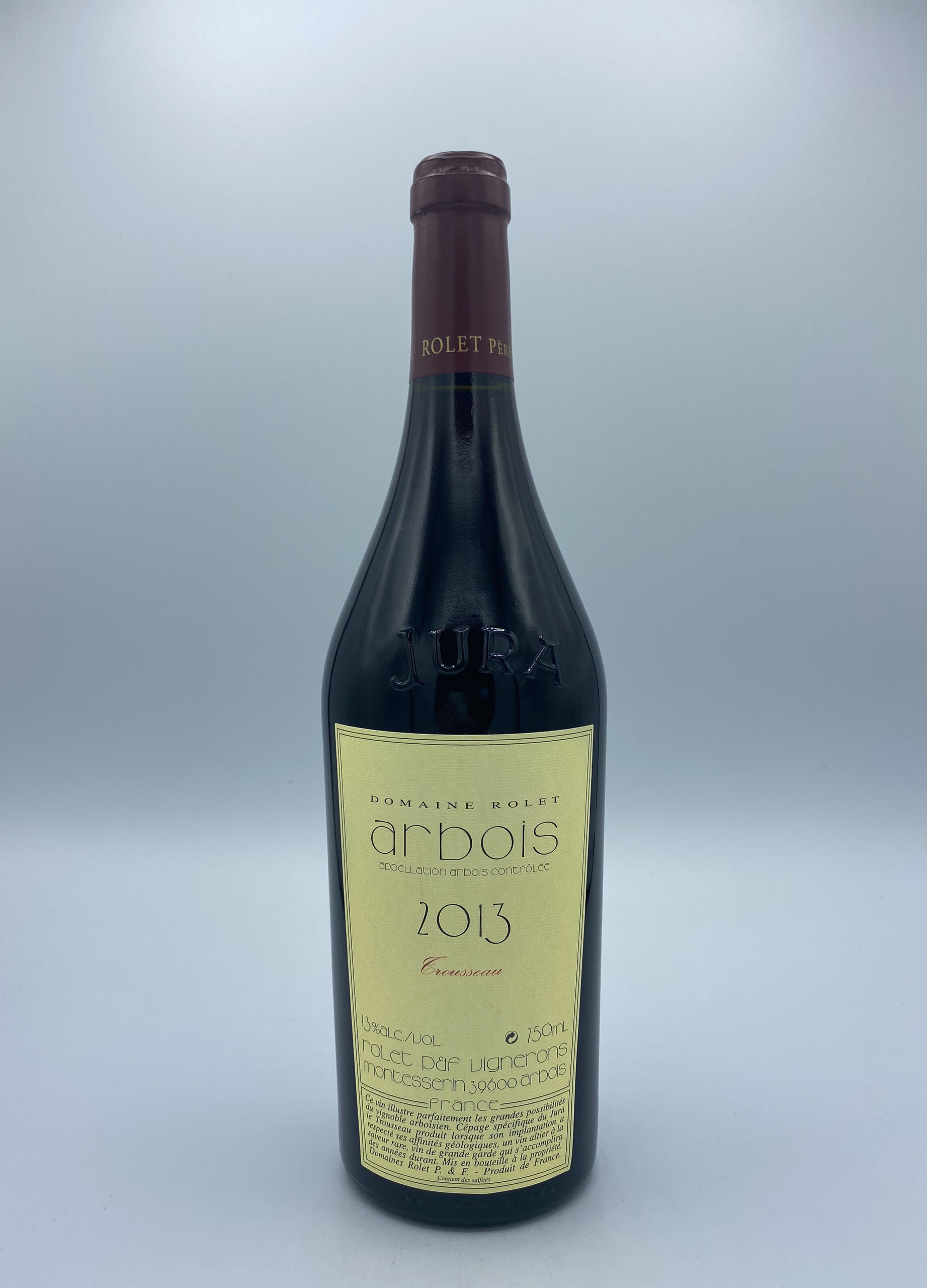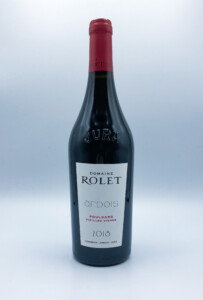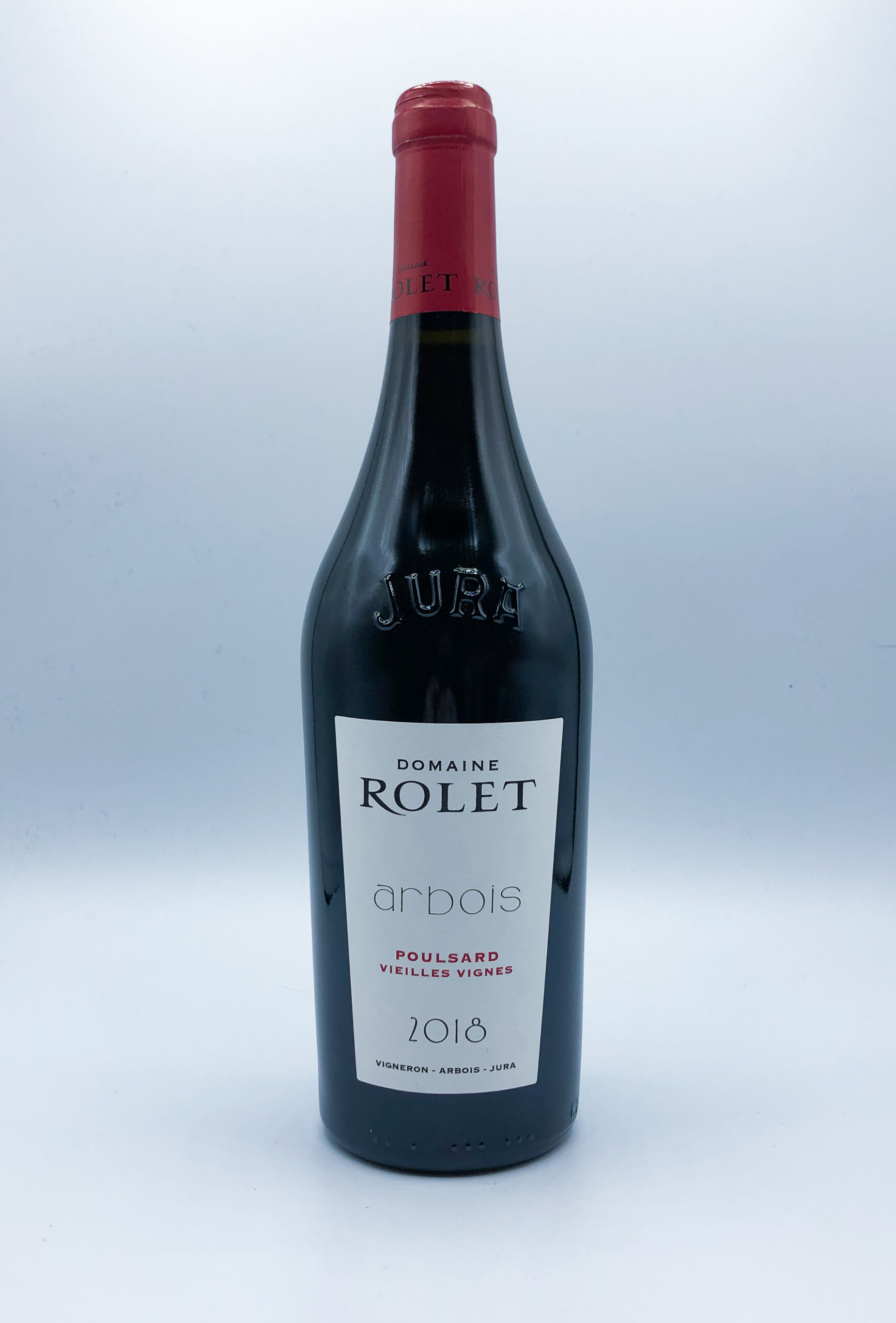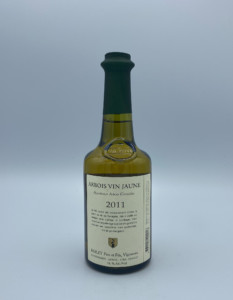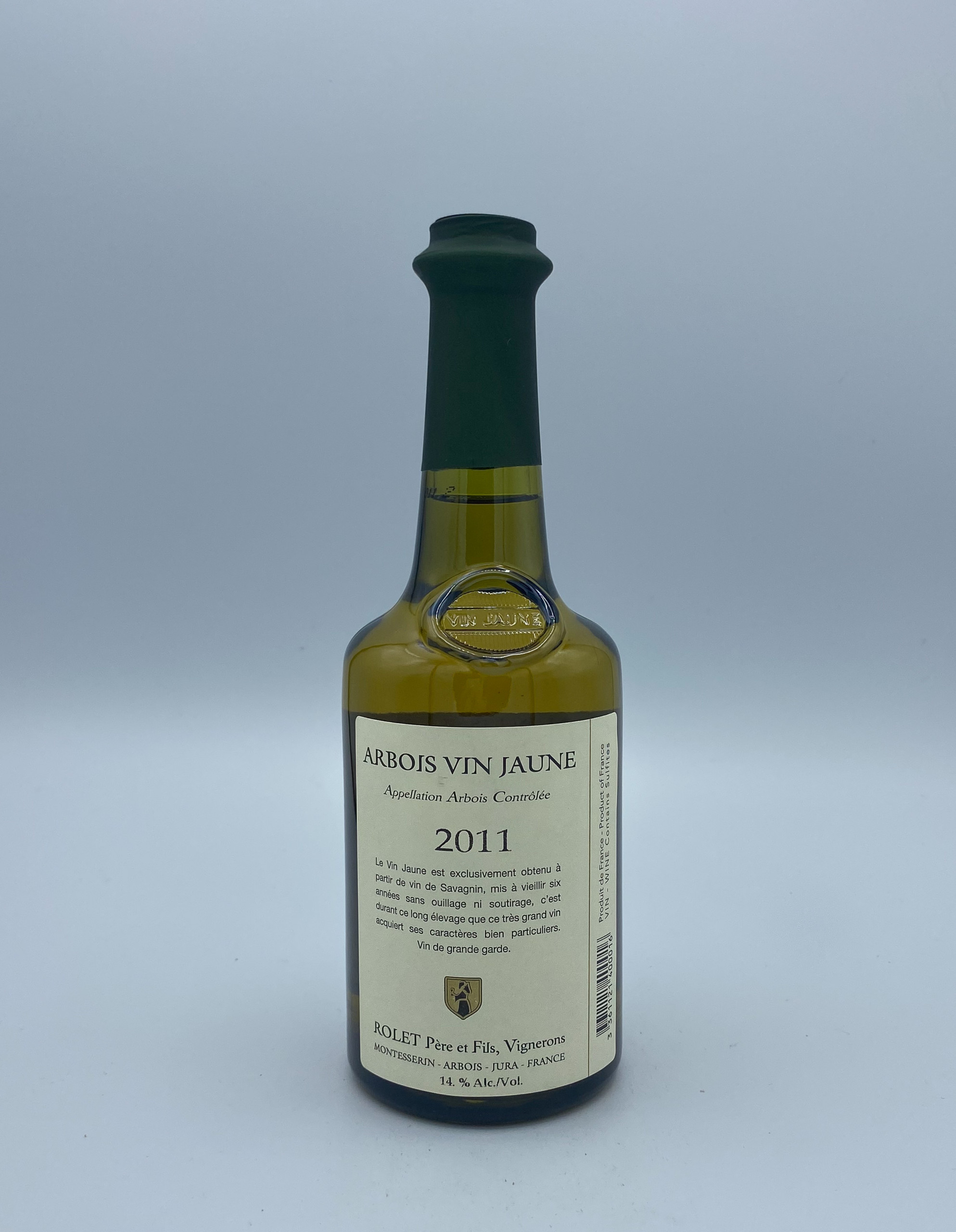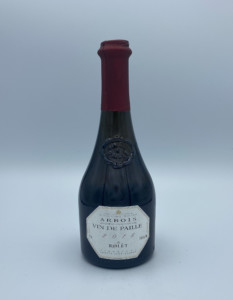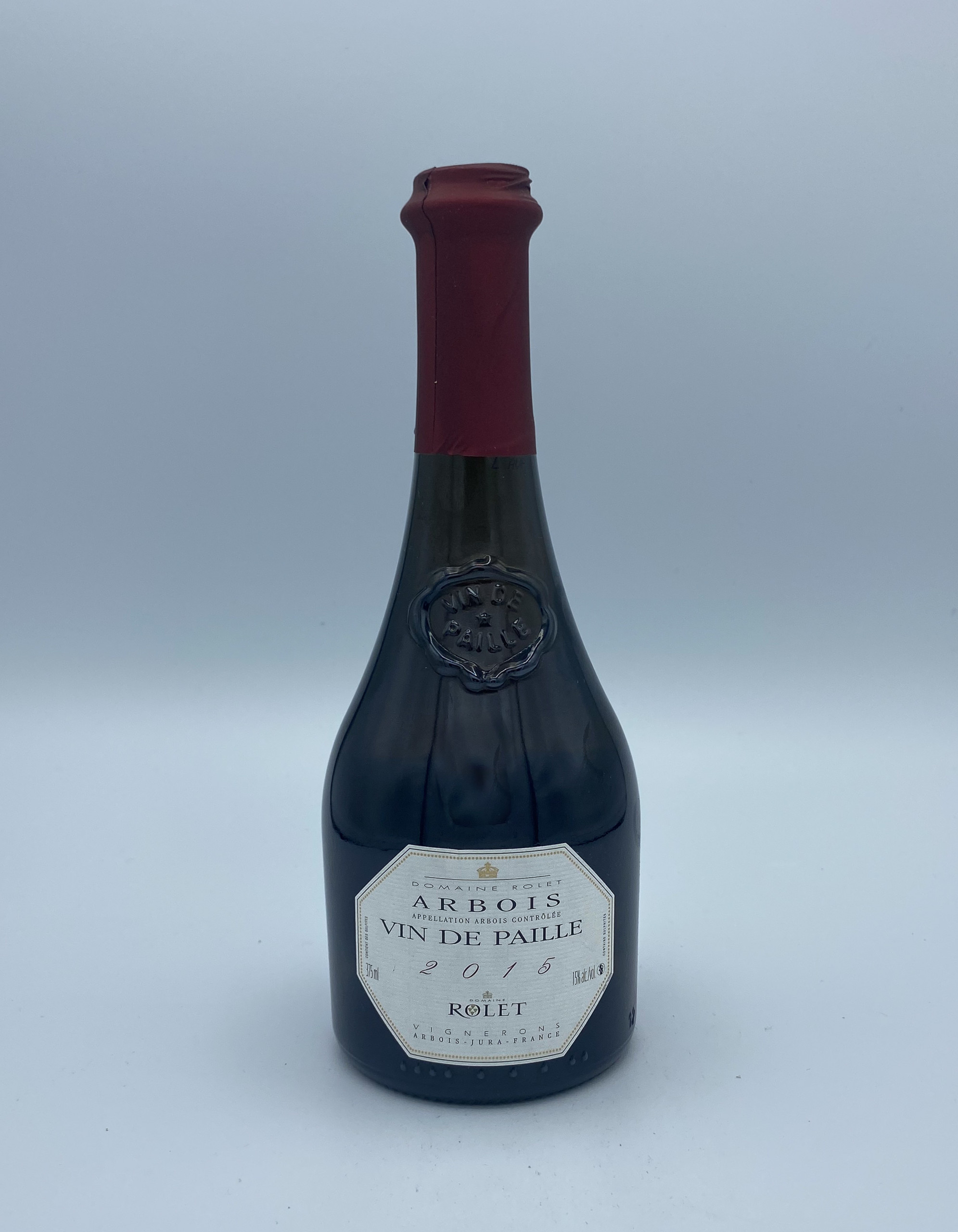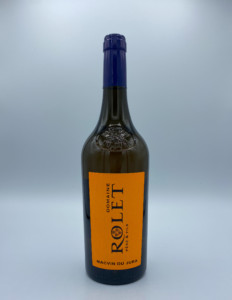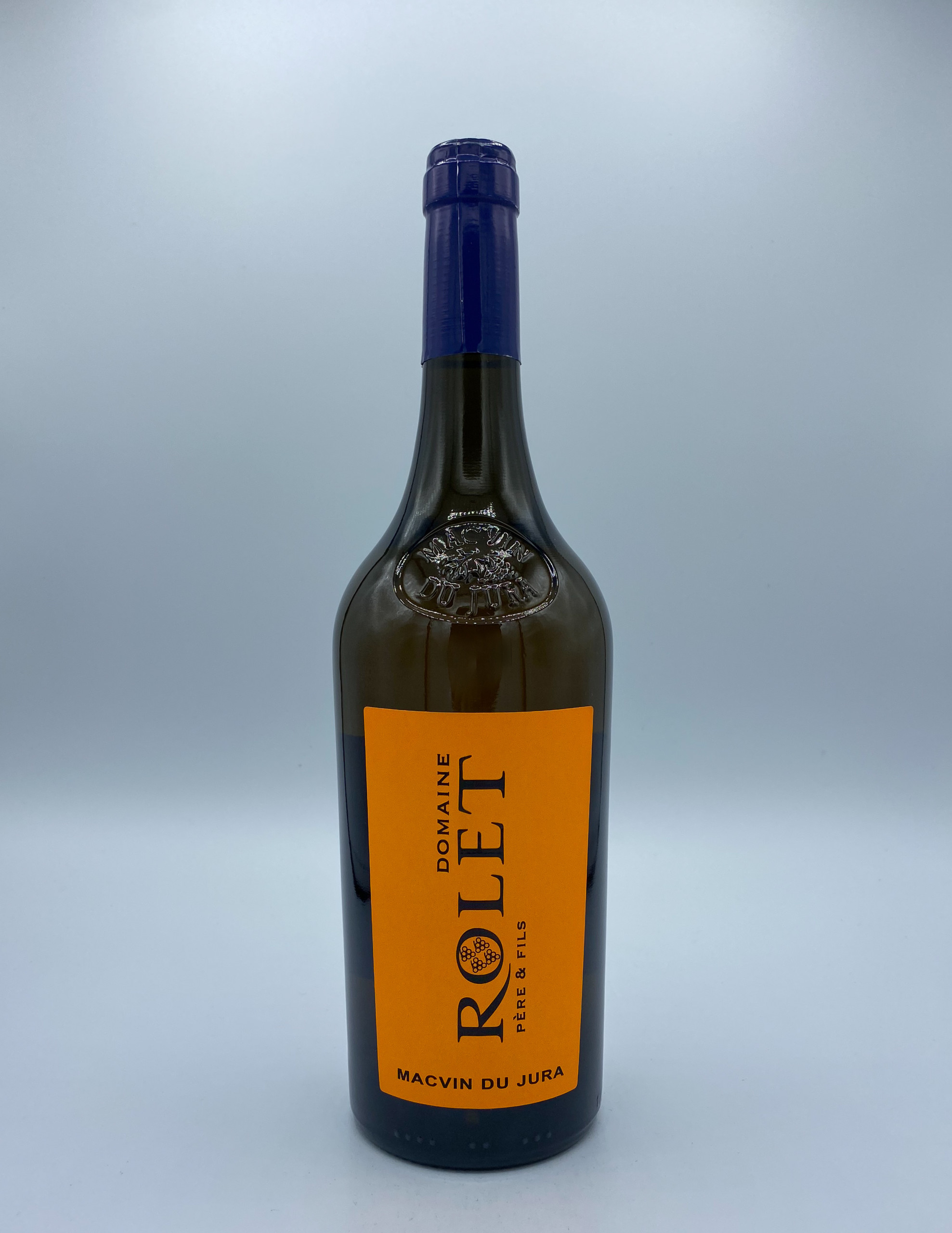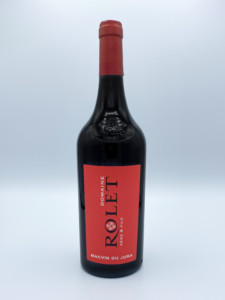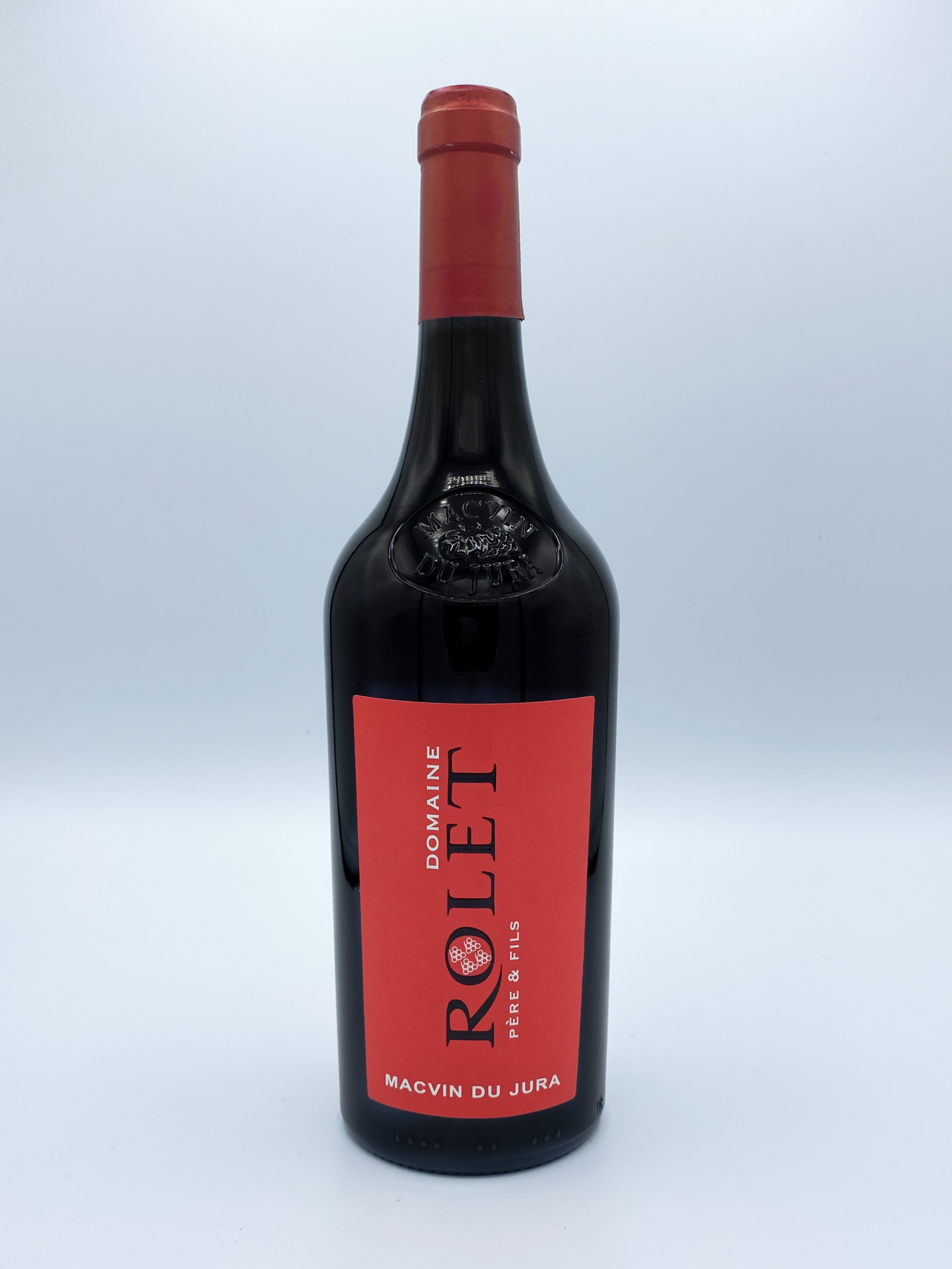Domaine Rolet

Cédric Ducoté
About
Owners: the Devillard, Dupuis, and Flambert families
Winemakers: Cédric Ducoté, director; Chloé Weber, cellarmaster; Louis Morel, head of viticulture
Vineyards: 40ha in AOC Arbois, 23ha in AOC Côtes de Jura, and 3ha in AOC L’Étoile
Vineyard management: In progress towards organic certification
Soils: Gravel, various types of marl (red, blue, gray), limestone
Grapes grown: Chardonnay, Savagnin, Poulsard, Trousseau, Pinot Noir
Quick facts:
- The diverse soils of the region express themselves clearly in the wines–you’ll find lighter, more mineral-driven styles from the calcareous clay of L’Étoile and Côtes du Jura, with more powerful, richer styles coming from the marls of Arbois.
- They have two cellars for aging their Savagnin under voile: one cooler and more humid, built in the 14th century, which brings out the mineral character of the wines, and one that’s drier and warmer, encouraging a richer style. Blending the two allows them to create wines with a distinctive identity.
The domaine was founded in 1942 by Désiré Rolet; in 2018, the Rolet family passed it onto the Devillard, Dupuis, and Flambert families. Today, it is led by Cédric Ducoté, director; Chloé Weber, cellarmaster; and Louis Morel, head of viticulture. Since taking the reins, they’ve begun the process towards obtaining organic certification and have limited interventions in the cellar, reducing the applications of sulfur dioxide and filtering either not at all or minimally as needed. The estate holdings are spread across three appellations with significant geographic and geological variation, allowing them to produce a wide variety of styles. In particular, Domaine Rolet seeks to highlight the local grapes Savagnin, Poulsard, and Trousseau, which are found only rarely outside of the Jura. Accessible and drinkable Poulsard and Trousseau, with their supple tannins and fresh aromas, are increasingly appreciated and sought-after. Savagnin, vinified conventionally, produces a a high acid and aromatic white wine, but it’s best known in the guise of Vin Jaune, where extended aging in non-topped-up barrels under a layer of flor creates a regional specialty of outstanding complexity. Pinot Noir, so exalted in neighboring Burgundy, is used here mainly to add structure and color to blends with Poulsard and Trousseau, or for Cremant du Jura. Chardonnay is generally higher in acidity here as compared to Burgundy, with the style varying based on the soils of the various appellations.

